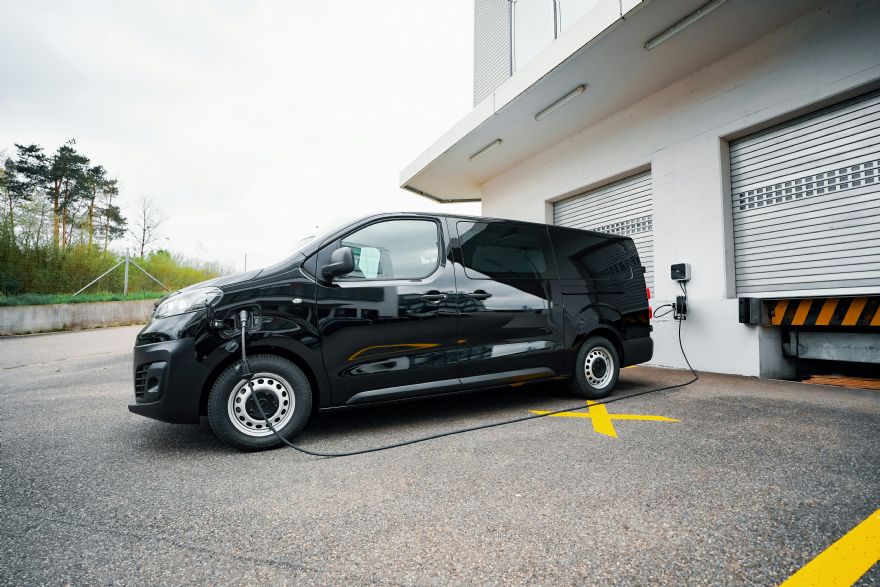
Photo by
JUICE on
Unsplash UK deliveries of new light commercial vehicles (LCVs) dipped by -2.1% in ‘new numberplate’ September with 47,418 vans, pickups and 4x4s registered, according to the latest figures published today by the
Society of Motor Manufacturers and Traders (SMMT).
The modest drop continues 2025’s downward trend, with registrations down -9.8% year to date, reflecting a tough economic environment and weak business confidence. The performance, however, is the smallest decline this year and still remains above pre-pandemic levels, providing a key positive in one of the market’s busiest months – as van manufacturers continue to invest heavily to bring cutting-edge, zero-emission models to market.1
Segment performance was mixed, with the overall decline softened by a rise in deliveries of the largest vans, up 3.2% to 32,670 units – the largest segment by volume, representing almost seven in 10 (68.9%) registrations. Demand for new pickups and the smallest-size vans also grew, up 7.8% and 1.9% to 5,749 and 1,202 units respectively, as previous new pickup orders were delivered before the Government’s new fiscal measures on double-cabs are applied to orders placed after April. Medium-size van uptake fell, by -25.1% to 7,150 units, while 4x4 uptake declined by -13.4% to 647 units.
Manufacturers driving growthNew electric van (EV) registrations continued their strong upward trajectory, rising 41.1% year-on-year to 4,262 units – the most ever recorded in a single month, achieving a market share of 8.9%. Year-to-date BEV volumes now stand at 22,118 units, up 55.9% on 2024 to represent 9.1% of all new registrations. It is impressive growth in a tough year for the overall market, but still well below the 16% share mandated for 2025. Manufacturers are driving that growth, investing heavily in electric van models with more than 40 options now available to fleet operators.
The extension of the Plug-in Van Grant and the recent Depot Charging Scheme will help operators switch, but achieving mandated ambition depends on boosting operator confidence and ensuring access to suitable charging infrastructure. The switch must be accessible for all new buyers, including those requiring van-suitable charging infrastructure at public, on-street and overnight locations. Given depots could face grid connection waits of up to 15 years, urgent priority for planning approval is needed – like that afforded data centres and wind farms – so that businesses can plan for a smooth and timely transition of their fleet operations.
Mike Hawes, the SMMT’s chief executive, said, “September is one of the busiest months for the new van market so a slight dip in volumes compared with previous strong years is disappointing but unsurprising. The growth in electric van uptake is hugely encouraging, but the market is under pressure to deliver the investment necessary for decarbonisation. Manufacturers are delivering a huge choice of models to suit all businesses – now we need better dedicated infrastructure and continuing incentives to drive the switch.”